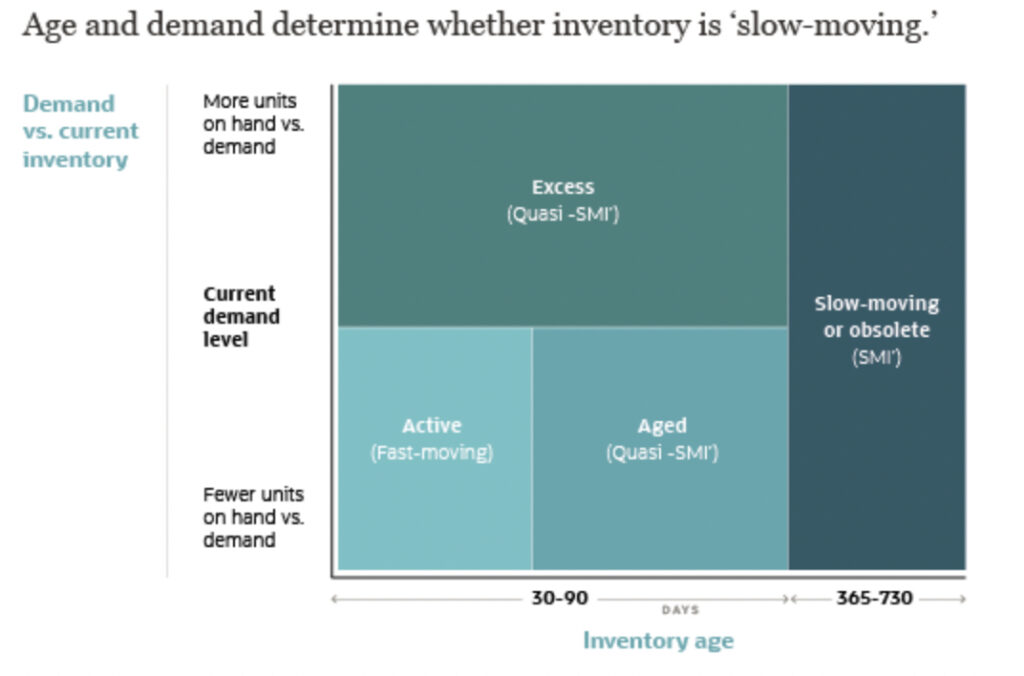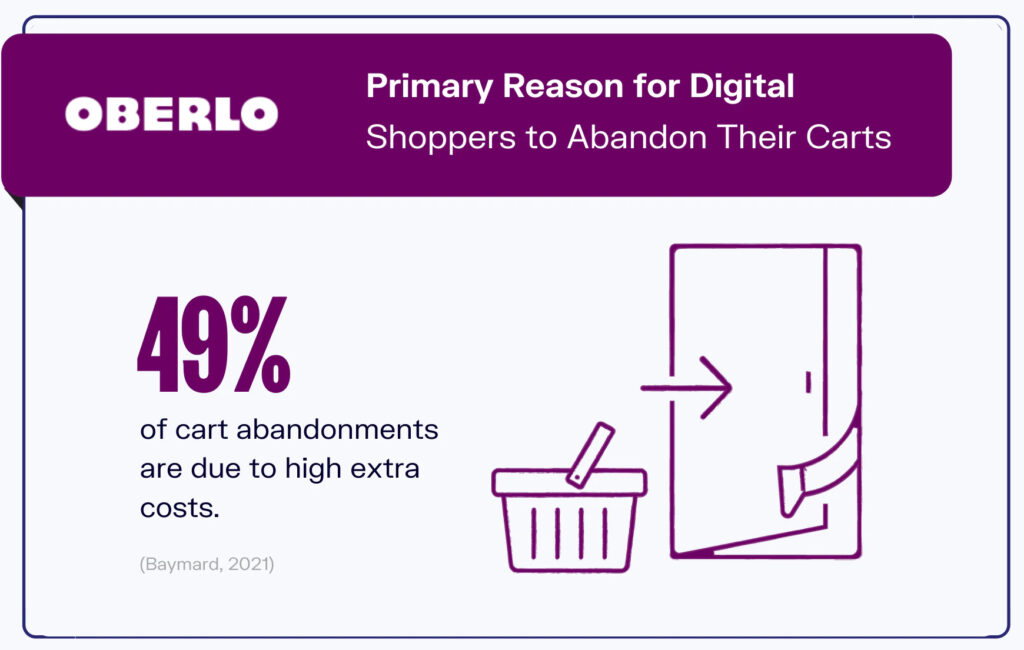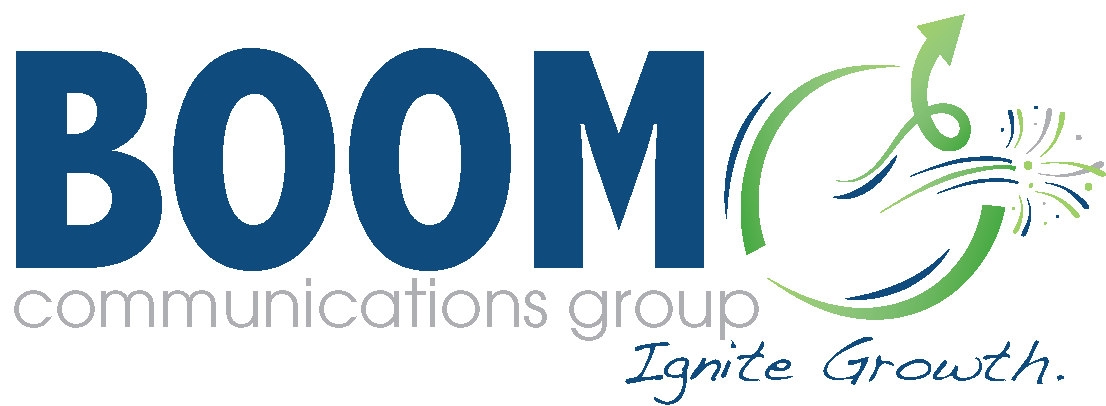
How to Sell Slow-Moving Merchandise
If you operate a small or medium-sized business that sells physical products, there’s one common challenge that you’ve probably encountered far too often. And that problem is figuring out how to sell slow-moving merchandise. It can be frustrating to see a certain product sitting on the shelf, left untouched and overlooked by customers. But luckily, there are some strategies you can implement to improve the performance of your most sluggish items.
In this article, you’ll discover how to identify your slow-moving merchandise and learn a few tips on what you can do to increase sales. This way, you can get those products off the shelves as soon as possible and see a nice income boost while you’re at it.
Key Takeaways:
- Slow-moving merchandise typically has a low turnover rate, takes a longer time to sell, and results in expensive holding costs for a business.
- It’s important to determine why an item is selling at a slower pace to determine why customers aren’t buying it as frequently as others.
- To sell slow-moving merchandise, consider running a sale or bundling it with a popular product to generate more interest in a short period.
How to Identify Slow-Moving Merchandise

Any goods or products in your inventory with a low turnover rate are slowing-moving merchandise. These items tend to sit on the shelf for a long time or will sit at the warehouse for ages, never moving. Meanwhile, other products see steady sales.
Here are some factors to look at to identify the slow-moving merchandise in your business:
- Determine a Product’s Turnover Rate: Turnover rates can vary by industry, but the average is between five and ten. This means a business will sell and restock its inventory every one to two months. If a product isn’t selling this quickly, its turnover rate is low.
- Average Days to Sell: You can also look at how long it takes for something to sell by calculating the length of time it’s in your possession from the moment it arrives at your store or warehouse. Items with less than six months of demand are slow-moving.
- Holding Costs: Businesses incur expenses just by having inventory sitting on the shelves. That’s because it costs money to pay for storage, maintenance, insurance, etc. When you spend a long time holding onto a particular piece of inventory, it will lead to higher costs. Therefore, you don’t want to hold onto merchandise for an extended period.
Once you’ve identified products that aren’t selling well, it helps to figure out why so you can address the problem at the root. Several issues could be blocking sales. Once you figure that out, you can easily sell slow-moving merchandise. Did your customer simply lose interest? Does the product need some updates? Or do you need help selling seasonal items? Take some time to analyze your inventory to spot any problems.
4 Tips to Help Sell Slow-Moving Merchandise
From time to time, businesses will experience sluggish sales on certain products. This doesn’t mean the items will sit on the shelf, collecting dust for all eternity. You can implement some smart strategies to drive sales and clear out older merchandise. Here are some tips:
1. Offer a Discount Through a Flash Sale
Everyone loves to save money by purchasing a product at a discounted rate. Running a flash sale is one of the most common moves when a business wants to sell slow-moving merchandise. This puts a spotlight on the product and helps boost sales in just a few short days. Before you know it, that untouched merchandise will be flying off the shelves.
Ideally, you want to avoid offering so low of a price that you aren’t turning a profit. Determine your discount pricing by subtracting a certain percentage or offering savings on high-volume orders (for example, buy one, get one free). Then, you can run the sale for anywhere between one to three days. This way, you’ll see a quick turnaround time.
2. Bundle it with a Fast-Moving Product
For those items struggling to generate sales, you can bundle them with items in your inventory that are in high demand. Since people are already interested in those bestsellers, they’ll be inclined to spend more by purchasing a bundle that features two products. Just be sure to choose an enticing price that will be a no-brainer for your customers, and they’ll want to make use of the bargain.
3. Change How You Market Your Merchandise
Sometimes you just need to draw more attention to the item in question. Frequently certain products will fall behind when compared to others. So, you just need to generate more exposure for it. When you want to sell slow-moving merchandise, change its location in your physical storefront. Consider creating a display that features the item and placing it near the front of the store.
You can also take new product photos for your website and social media. This helps to give them a fresh look. Plus, attractive photos will help catch someone’s eye as they’re scrolling. This is also a good time to update the product description on your website to include more captivating details. Try to tell a story about your product to get people excited about it. Don’t forget to optimize it for organic search with the right keywords as well. Just look at the above example for inspiration.
4. Eliminate Any Obstacles Preventing a Purchase
If other items in your inventory are selling without issue, you likely don’t have any problems with your online checkout process. However, it’s still worth testing to ensure there’s nothing complicated that would prevent someone from completing their purchase.

You also want to ensure there are no surprises as they get ready to put in their payment details. For instance, 49% of abandoned carts are due to high extra costs. Since you’re already desperate to sell this merchandise, make sure your buyer isn’t on the fence. Don’t shock them with additional fees. Be upfront about shipping costs (or offer free shipping), so they don’t reconsider.
Create a Powerful Sales Strategy for Your Business
Lackluster sales got you down? The expert team at Boom Communications Group can help re-tool your sales process to help you sell slow-moving merchandise with ease. Before you know it, sales and profits will skyrocket to drive more success in your business.
Contact us to learn more about how our team can help you grow.
